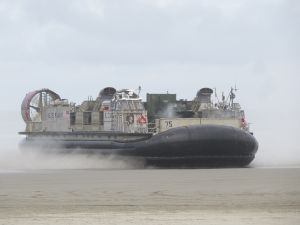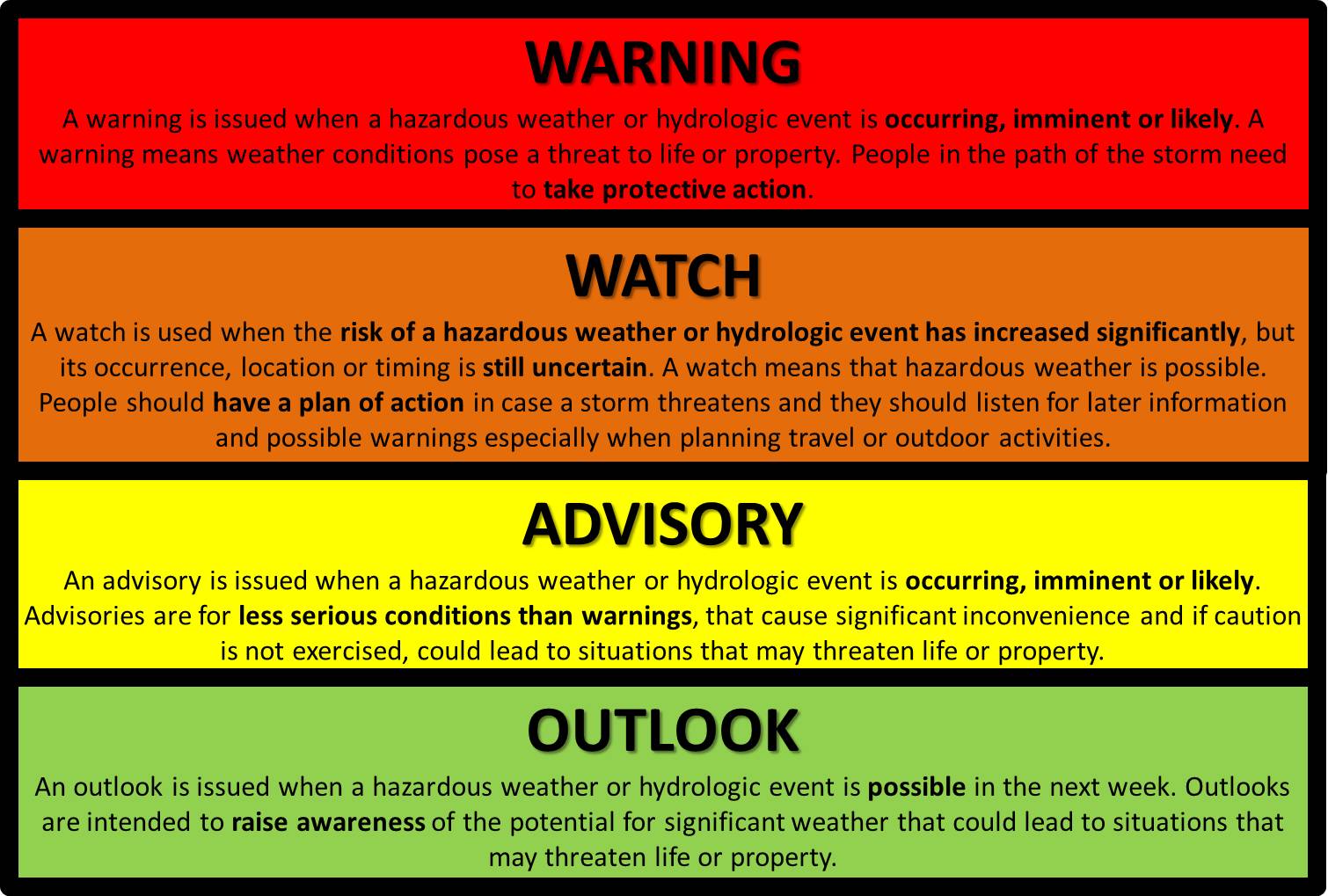Two unusual amphibious landing craft, which use powerful turbines to ride above the ocean on a cushion of air, carried supplies to the beach from a Navy ship anchored 3.6 nautical miles off shore. Each LCAC (landing craft/air cushion) can carry 60 tons of emergency equipment.
On Monday, the two hovercraft carried trucks and road equipment. Once on shore, they quickly deflated, cargo doors opened, the ramps went down and the supplies were brought off to waiting emergency workers. Then each returned to the mother ship.
“This is one more opportunity to bring awareness for the need to prepare for an eventual emergency,” said Monica Steele, interim county manager, who was watching from the shore with about 200 other people. “While there are systems that are already in place, we’ll be on our own for at least seven days.”
Officials from the county and local cities participated as did members of CERT (Community Emergency Response Team), AuxComm (Auxiliary Communications), Oregon Army National Guard, U.S. Navy, Clatsop County Search and Rescue, the sheriff’s department, Medix and local ham radio operators.
“As far as I know, this is the first time that this has been done,” said Cpl. Treyse Reber, a member of the Army National Guard from Salem.
While developed for military operations, LCACs can be used after natural disasters through the Defense Support of Civil Authorities program. The program delivered supplies after the Dec. 26, 2004, Indian Ocean tsunami wiped out areas of Indonesia, Thailand, Sumatra and Sri Lanka.
It’s the first time one has touched down on the Oregon Coast.
John Cooper-Smith and his wife, Anne, watched the action from a nearby bluff.
“We live in a tsunami zone,” he said. “This will be one of the main ways of getting supplies to the coast in the event of a disaster.”
A Cascadia Zone earthquake and subsequent tsunami could cause widespread damage to highways, bridges and other Northwest infrastructure, complicating rescue and recovery efforts.




